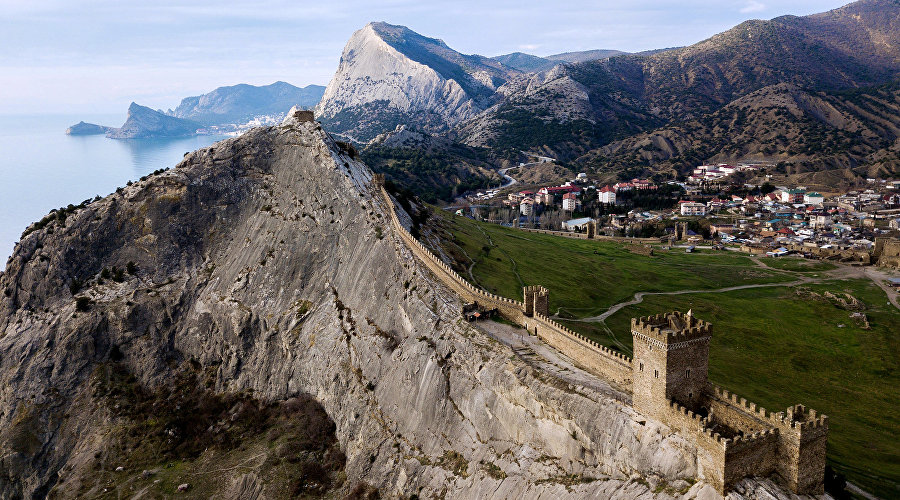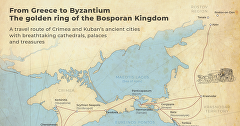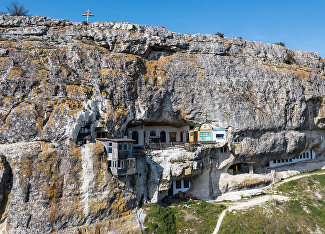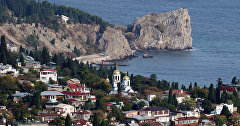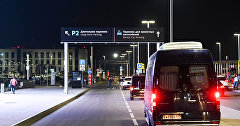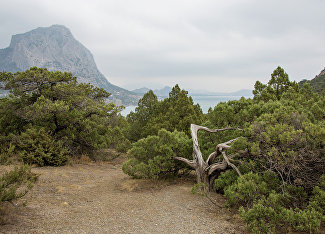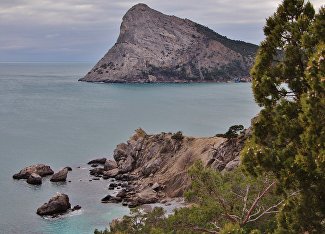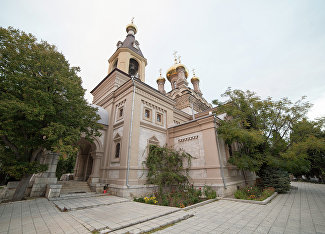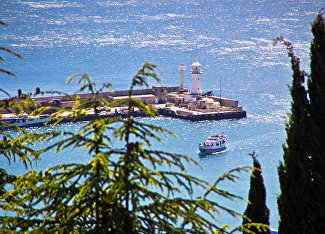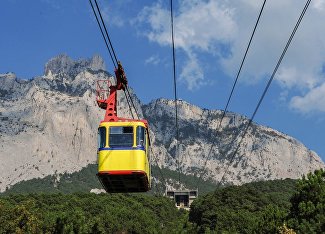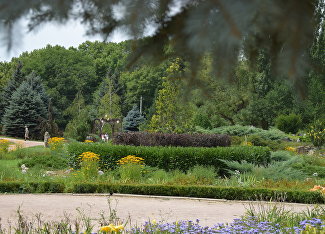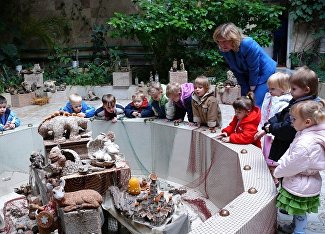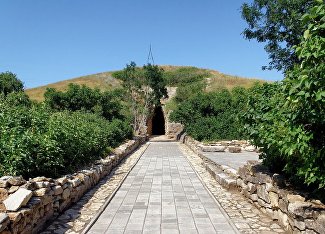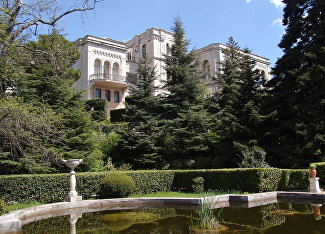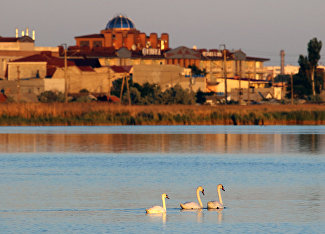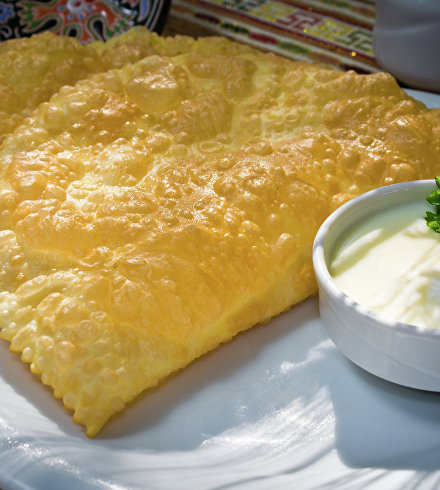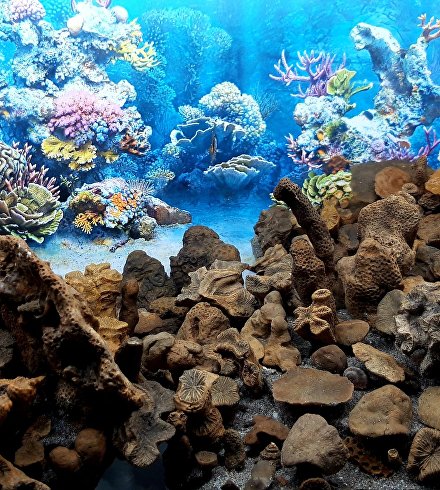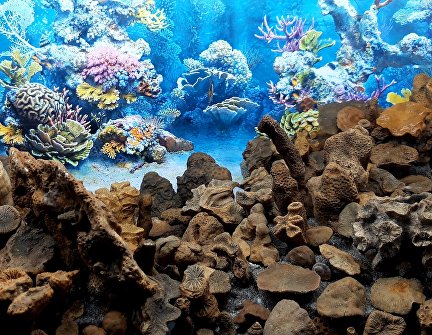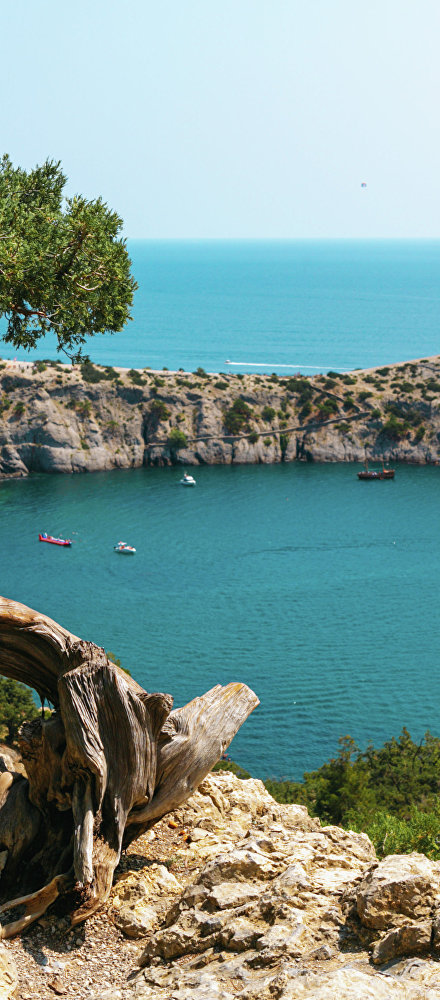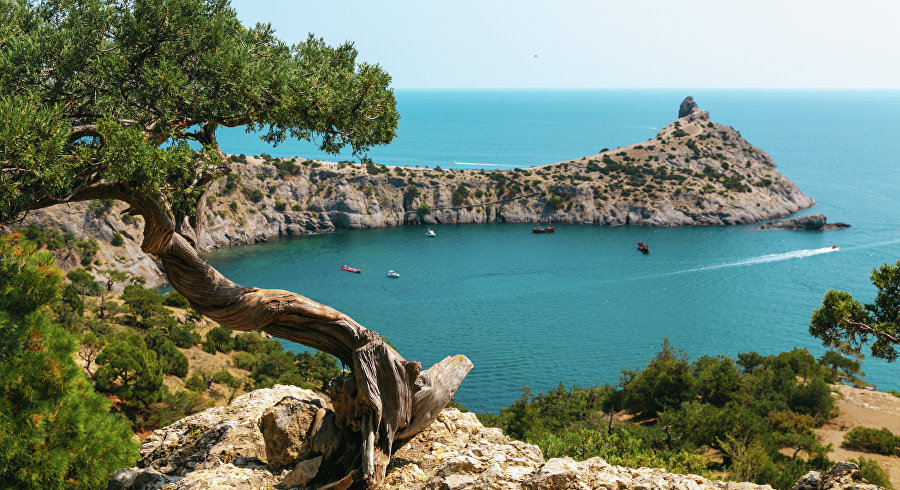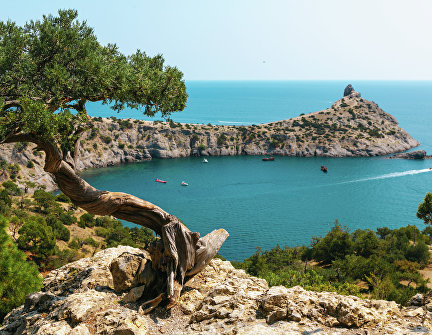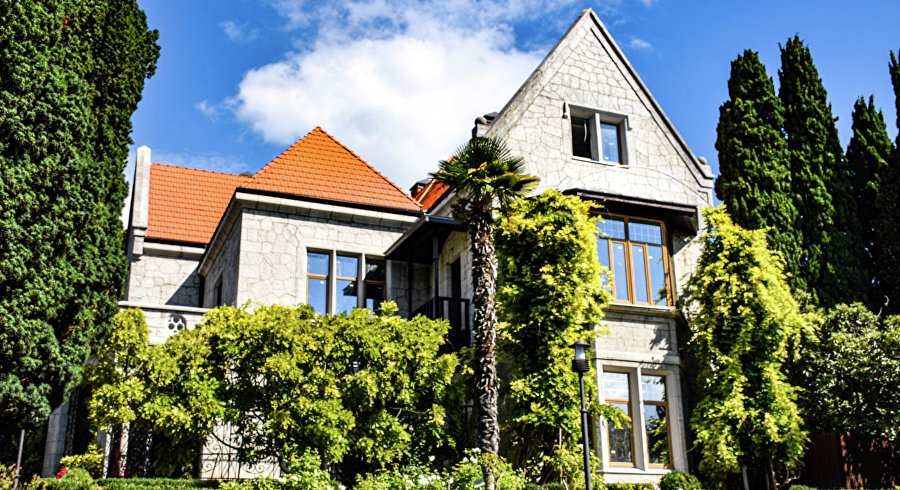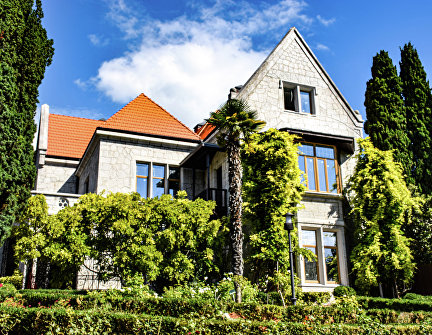Fortunately for us, each of the civilisations has left a rich collection of artefacts. Today, Crimea is one of Russia's regions which boasts large numbers of cultural monuments and is an exciting destination for travellers who can explore the past on their own or in the company of experienced tour guides.
Early history
The first Neanderthal sites on the peninsula date back nearly 100,000 years. Some of them have been thoroughly studied and are open to visitors, such as Kiik-Koba caverns in the Belogorsk district, Chokurcha in Simferopol and Fatma-Koba Cove in the Bakhchisarai district.
The Cimmerians settled in Crimea in the early Bronze Age. Homer wrote about "the city of Cimmerian men." This nomadic people settled in the Crimean steppe, including the Kerch Peninsula. Researchers have unearthed over 14 burial mounds, the artefacts from which are on display at the Central Museum of Taurida in Simferopol. Poet Maximilian Voloshin dubbed the entire Eastern Crimea Kimmeria, and the name stuck.
Taurians settled in the foothills and mountains of Crimea at about the same time. Herodotus was the first to mention them as the people who "live by robbery and war," and he did so for a reason, as the Taurians treated captive Hellenes with much cruelty. The remains of fortifications and dwellings, as well as tombs, such as the Mal Muz gravesite in Baidar Valley, have survived to the present day. The ethnonym of this people gave the region its name — Taurida, a name that was used again and again in later periods.
Both the Cimmerians and the Taurians vanished when the Scythians took over the peninsula. This conglomerate of bellicose tribes inhabited, at various times, the territory from the Danube to China. Having made their home in Crimea, they set up their capital, first at the top of Belaya Skala (White Rock) in the present-day Belogorsk Region, and then in what is now known as Simferopol. The ancient settlement is on display at the historical and archaeological reserve, Scythian Neapolis.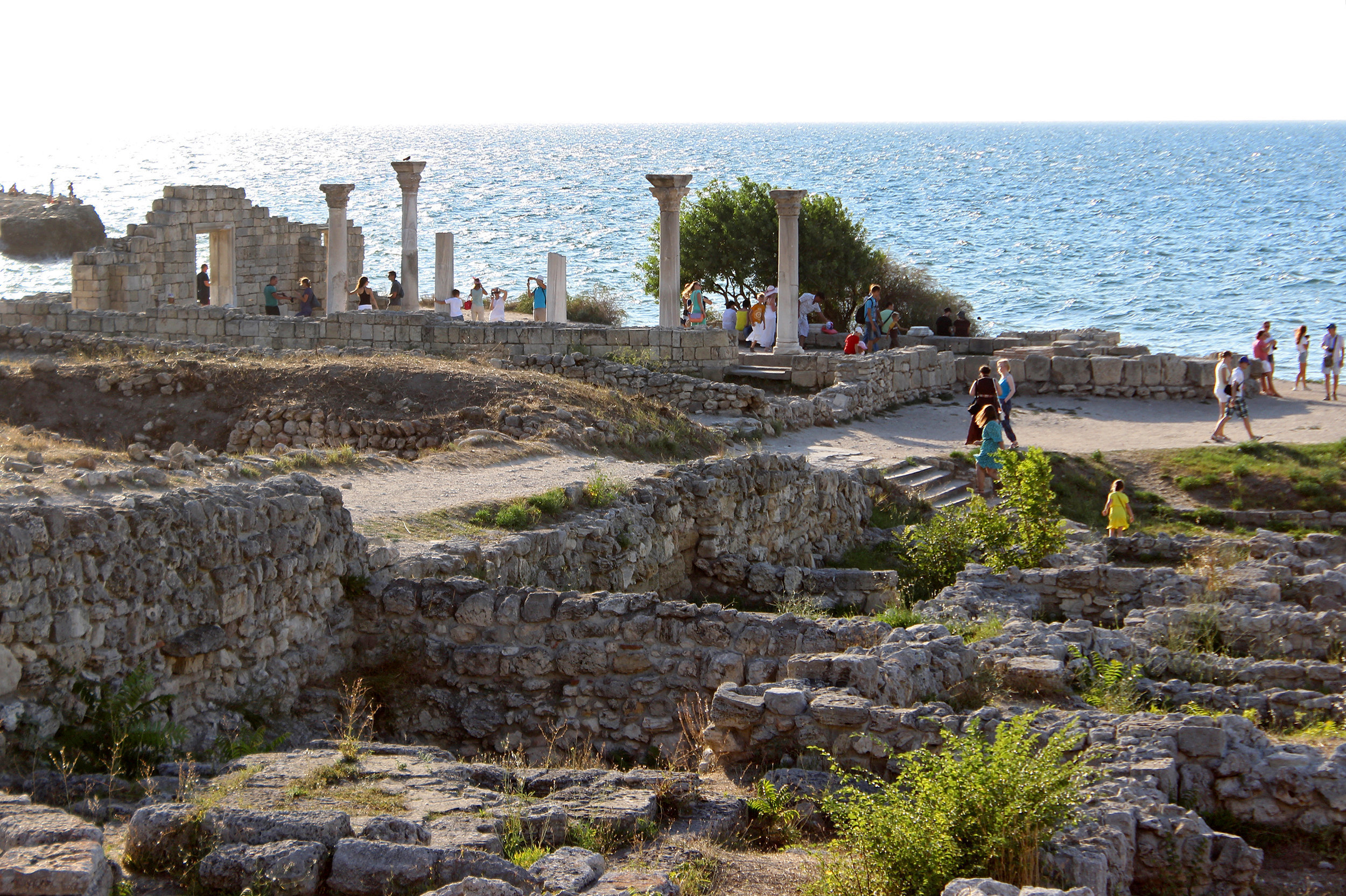
Antiquity
In the 6th to 5th centuries BC, the Greeks ventured out to develop Crimean coastal areas. They built port cities, which eventually gave rise to two independent states — the democratic republic of Tauric Chersonesos and the Bosporus State. The Greeks brought winemaking, shipbuilding, architecture and their own culture replete with temples, theatres and stadiums. Go ahead and visit the Tauric Chersonesos Museum-Reserve if you want to learn more about the Crimean variety of Ancient Greece.
After the Romans settled in Crimea in the 1st century AD, this region fell under the protectorate of the Roman Empire. Fragments of the road that they built from Chersonesos to Cape Ai-Todor on the South Coast of Crimea have survived to this day. The town of Inkerman is the resting place of Pope Clement I, one of the first popes. He is believed to have founded the St Clement Cave Monastery, which is still open and is located on the site of ancient quarries. The relics of St Clement, killed in 101 by order of the emperor, were discovered by Cyril and Methodius in the 9th century. The "fathers of Slavonic written language" arrived in Chersonesos on their way to Khazaria.
Middle Ages
The Middle Ages marked the arrival of the Turkic peoples in Crimea. In the early 8th century, the peninsula was divided between Byzantium and Khazaria. After Byzantium had lost its influence, Crimean Goths founded the Christian principality of Theodoro, with its capital in a major cave city named Mangup.
In the 14th century, the Genoese acquired a portion of Crimea and launched major trade operations at this transit point of the Silk Road. They built flourishing port cities — the current towns of Sudak, Feodosiya and Balaklava — with their typical Genoese fortresses, which carry on fairly well and are open to tourists.
In the 13th century, the steppe Crimea was taken over by the Golden Horde and, after it collapsed in the 15th century, Crimean Khanate was formed in its place. In 1478, it became a vassal of the Ottoman Empire, and remained so for the next three centuries. The culture of Crimean Tatars formed during that period.
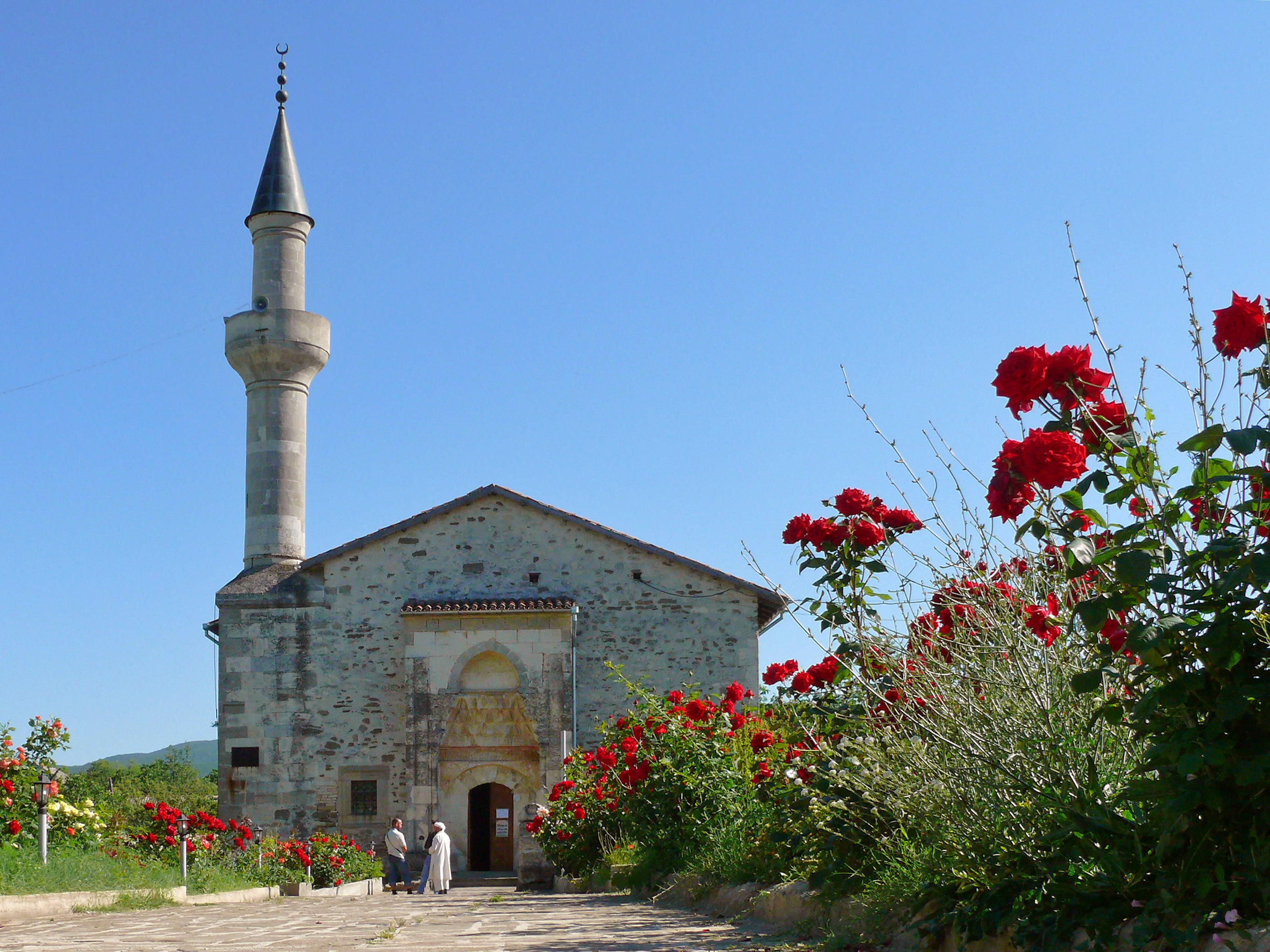
In the 14th century, the Ozbek Han Mosque was built in Solkhat (currently, the town of Stary Krym). Bakhchisarai and its internationally renowned palace were built in the 16th century. The surviving Juma-Jami Mosque in Yevpatoria was laid at that time as well. The Yeni-Kale Fortress was built by the Turks on the Kerch Strait shore in the early 18th century.
By the way, the word Crimea originated during the Crimean Khanate, but its meaning remains unknown. Some say, kyrym was derived from Kimmeria. Others believe that it comes from the Turkic qirim, which means ditch. Perhaps, there was some kind of a fortified city, which gave its name to the entire peninsula.
The Russian Empire
Following the Russo-Turkish war of 1768-1774, the Ottomans officially dropped their claims to the peninsula. The Treaty of Kucuk Kaynarca marked the beginning of Crimea's rapid development as part of the Russian Empire. Cities were founded and Greek names were given to them, such as Simferopol and Sevastopol. The latter is home to a major Black Sea naval base and is thus a city of strategic importance. The new administrative unit was given an ancient Greek-style name — Taurida, or Taurida Region. Later, it became the Taurida Governorate. In 1787, escorted by foreign ambassadors, Empress Catherine II travelled to the peninsula and visited the towns of Karasubazar (Belogorsk), Bakhchisarai and Sevastopol.
Land in Crimea was given to top nobility of the time. Mansions and palaces were built. Poet Alexander Pushkin, who visited here in 1820 with the Rayevsky family after he was banished from St Petersburg, was one of the first men of letters to write about the peninsula. The house in Gurzuf where they stayed is now Pushkin Museum.
In 1861, Livadia became the southern residence of the Russian emperor. In 1874, Simferopol was connected by rail with mainland Russia. The imperial status of this place and the healing properties of the local climate make Crimea Russia's most popular resort. Health spas, hotels, theatres and, of course, summer residences, were built here.
The cream of the crop of the nation, such as writers, scholars and artists, came to the peninsula at different points in history. Some, like Nikolai Gogol in 1835, visited Crimea exclusively for medical purposes. Others, such as Anton Chekhov in 1898, moved here to stay. For the first time, Leo Tolstoy came to the peninsula during the Crimean War as a 26-year-old officer. Later, in 1901, he stayed for a long time on the southern coast next to Maxim Gorky.
Maximilian Voloshin moved to Koktebel and glorified Eastern Crimea and its unique nature. Artist Ivan Aivazovsky was born in Feodosia and has in many respects defined its modern look. Alexander Griboyedov, Alexander Kuprin, Alexander Grin, Sergei Sergeyev-Tsensky, Anna Akhmatova, Marina Tsvetaeva and Mikhail Bulgakov, to name a few, have visited Crimea at some point.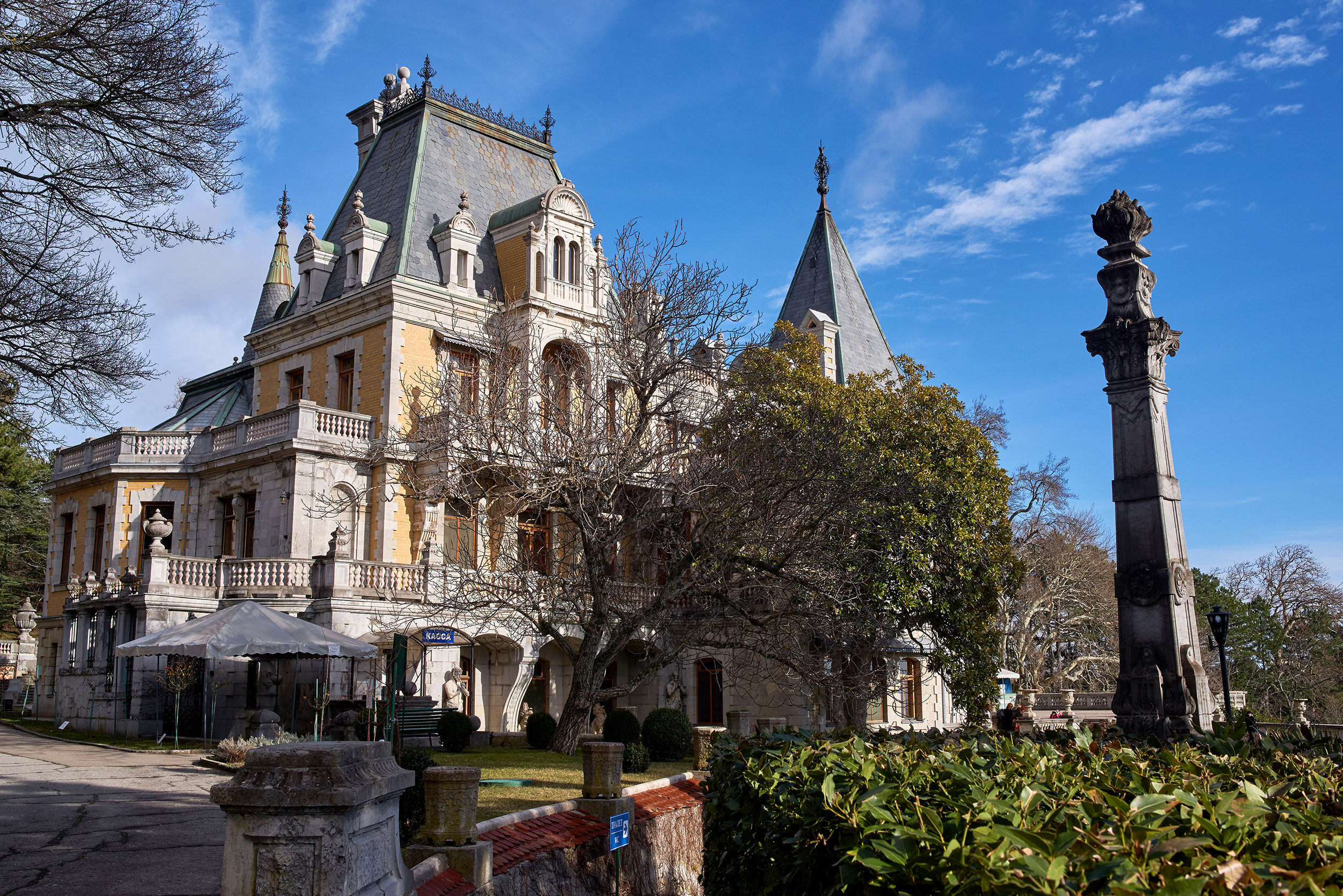
Crimea in the Soviet Union
After the October Revolution, in 1921, the former Taurida Governorate became the Autonomous Crimean Soviet Socialist Republic within the RSFSR. The peninsula became a national vacation spot with a particular focus on health improvement and a ramified resort system. Agricultural and industrial enterprises were built and operated as well.
During the 1941-1945 Great Patriotic War, Crimea was the place of fierce battles and heroic feats. The defence of Sevastopol lasted from October 1941 to July 1942. In May 1944, a year before the victory, the peninsula was liberated from the invaders by the Red Army, the underground resistance members and partisan detachments. Three cities — Sevastopol, Feodosia and Kerch — were awarded the title of hero cities.
Shortly after the peninsula was liberated, Crimean Tatars, Armenians, Greeks and Bulgarians were banished from Crimea and deported to Central Asia. Before that, in 1941 and in 1942, the Crimean Germans and Italians were deported as well.
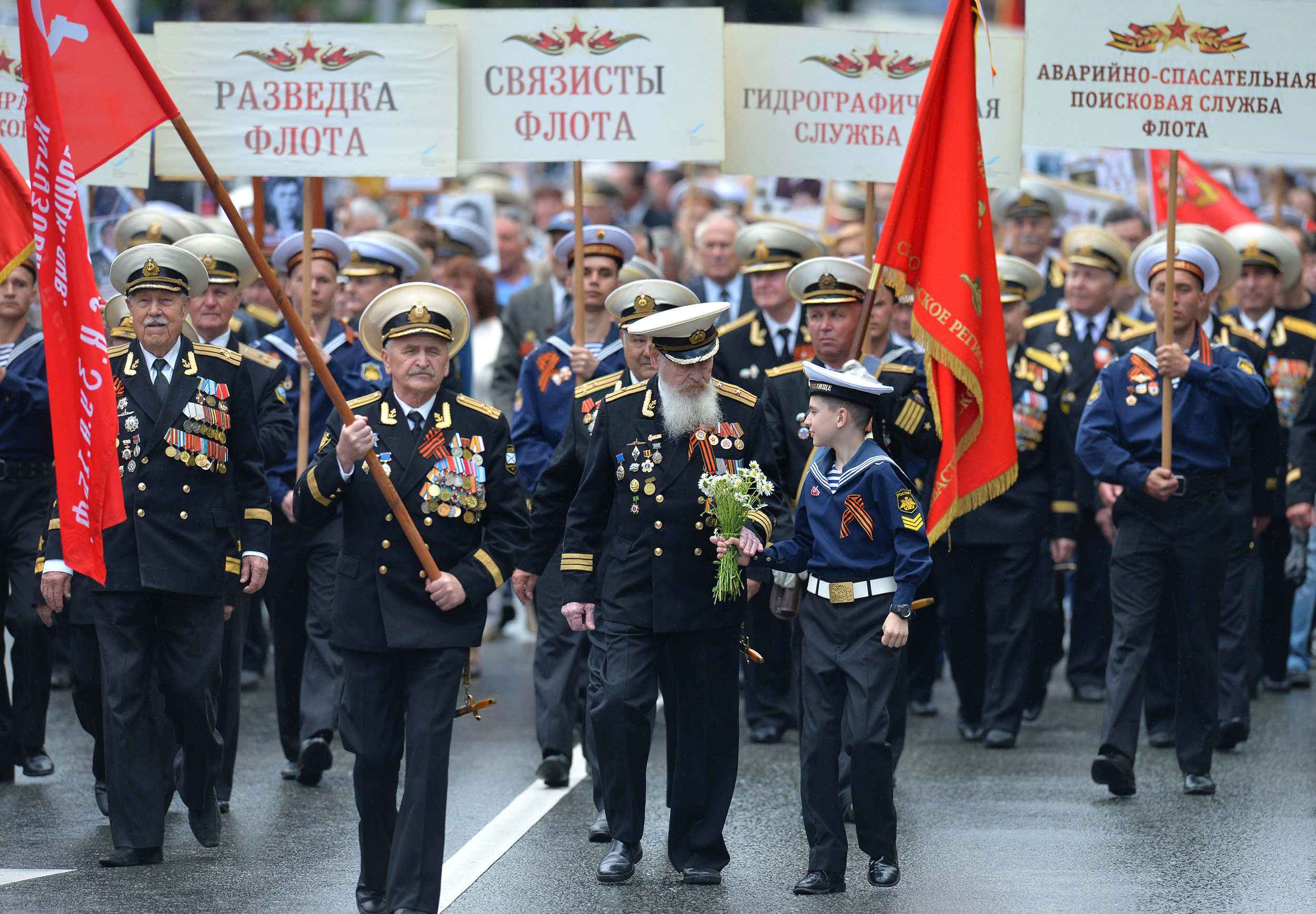
In the post-war years, much effort went into rebuilding the destroyed cities, enterprises and farms.
In 1954, at the initiative of First Secretary of the Central Committee of the CPSU Nikita Khrushchev, Crimea was made part of the Ukrainian SSR. Later, during the collapse of the Soviet Union, it remained part of Ukraine.
Crimean Spring
In Ukraine, Crimea was first a republic and then, in 1998, it was assigned the status of an autonomous republic. The city of Sevastopol enjoyed a special status and reported directly to Kiev. For 23 years, the residents of the peninsula maintained close cultural and economic ties with Russia.
On March 11, 2014, in the wake of an illegal coup and the ensuing political crisis in Ukraine, Crimea adopted the declaration of independence of the Autonomous Republic of Crimea and the city of Sevastopol. On March 16, 2014, a referendum was held about Crimea joining the Russian Federation with 96.77% of residents of Crimea and 95.6% of residents of Sevastopol voting in favour of the change. On March 18, 2014, the Russian President signed a treaty on Crimea and Sevastopol becoming part of Russia.
Ten things you can do to embrace the history of Crimea
- Take a picture of yourself in Simferopol with the heroes of the Crimean Spring immortalised in the monument to Polite People
- Pretend you are a medieval warrior in the cave city of Mangup-Kale in the Bakhchisarai Region
- Try out the acoustics of an ancient theatre in Khersonesos
- Appreciate the feat of over 10,000 people fighting the Nazis in the Adzhimushkay Quarry outside Kerch in 1942
- Picture yourself a Genoese merchant, and ask about local prices at the Sudak Fortress off the Silk Road
- Take a stroll at the Livadia Palace, the summer residence of the imperial family, where Stalin, Roosevelt and Churchill got together in 1945 to decide on the new world order
- Take a peek into the living quarters and the harem of the Crimean Khan in the Bakhchisarai Palace
- Just like a Scythian, climb the White Rock on horseback to see the ancient site
- Compare Aivazovsky's seascapes in the gallery with the actual sea in Feodosia
- See if Leo Tolstoy's was right when he said, "It cannot be that, at the thought that you too are in Sevastopol, a certain feeling of manliness, of pride, has not penetrated your soul, and that blood has not begun to flow more swiftly through your veins."
